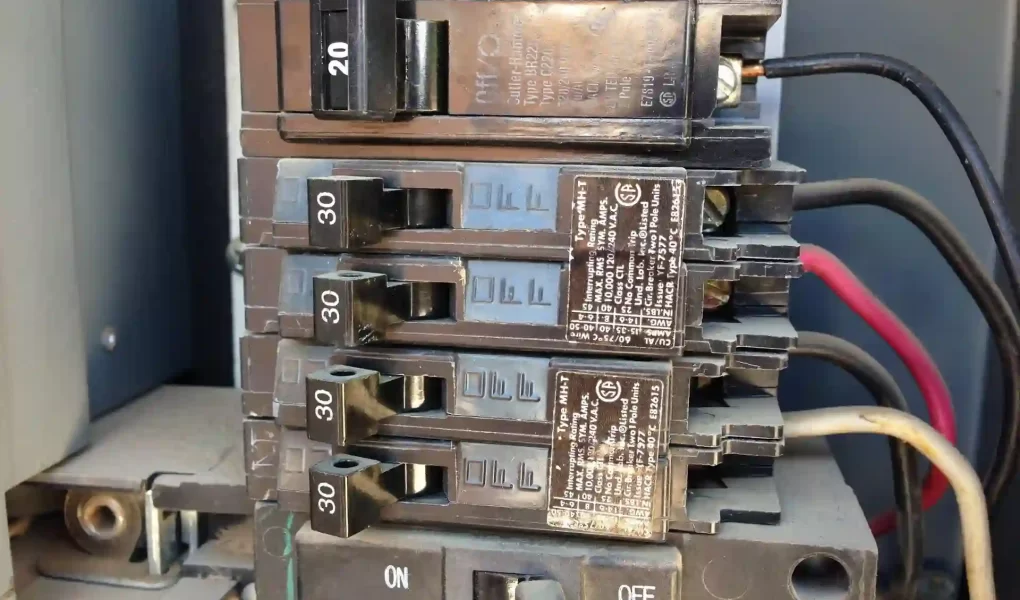Are you juggling which appliances to plug in because of limited electrical outlets? Understanding the capacity of a 30 amp circuit can be a game-changer when it comes to powering multiple devices simultaneously. Join us as we dive into electrical circuits and discover how many appliances you can safely connect to a 30-amp circuit without blowing a fuse!
Understanding the Basics of Electrical Circuits

Electrical circuits are like the hidden highways that power our homes, allowing electricity to flow seamlessly from the source to our appliances. The basic principle is simple: a circuit needs a closed loop for electricity to travel through. In this loop, electrons move from the power source (such as an outlet) through wires to your devices and back again. Understanding how circuits work is crucial for safely using electrical appliances without overloading them. Each circuit in your home has a specific amperage rating, indicating how much current it can safely handle before tripping a breaker or blowing a fuse. This rating helps prevent overheating and potential fires caused by excessive electrical load.
What is a 30 Amp Circuit?
When you see a 30 Amp circuit in your home, it typically means it can power larger appliances requiring more electricity to operate efficiently. It provides a higher capacity than standard circuits, allowing for the usage of heavy-duty equipment without overloading the system. Understanding the rating of your circuit is crucial for ensuring safety and preventing electrical hazards. So next time someone mentions a 30 Amp circuit, remember it’s all about handling power-hungry devices quickly and efficiently.
Safety Precautions When Working with Electrical Circuits
Safety should always be the top priority when working with electrical circuits.Before you even think about touching a circuit, turn off the power at the breaker box to avoid potential shocks or accidents. Using insulated tools and wearing proper personal protective equipment like gloves and goggles is also crucial. Never attempt to work on a live circuit – this is extremely dangerous and could result in severe injury or even death. Double-check your wiring connections before turning the power back on to prevent short circuits or fires. If you’re unsure, don’t hesitate to call a professional electrician for help. Electrical work can be complex and potentially hazardous if not done correctly. By taking these safety precautions seriously, you can ensure that you stay safe while working with electrical circuits.
Common Appliances and Their Amp Usage
Look at common household appliances and their typical amp usage on a 30-amp circuit. Refrigerators usually draw around 2-3 amps, while microwaves range from 10-15 amps during operation. Depending on the model, toaster ovens typically use about 8-12 amps. Dishwashers require around 10-16 amps when running a cycle, and washing machines can use anywhere from 6-14 amps per load. Air conditioners vary widely but may consume between 5-15 amps. It’s essential to consider the cumulative amp draw of all your appliances when planning your electrical setup to avoid overloading your circuits. Remember that these are just estimates, and individual appliance specifications may vary. By being mindful of the amperage requirements of your devices, you can better manage your electricity usage and prevent potential safety hazards in your home.
Tips for Maximizing Your 30 Amp Circuit’s Capacity
By following these tips and being mindful of the amp usage of your appliances, you can effectively maximize the capacity of your 30-amp circuit. Remember to prioritize safety when working with electrical circuits, and always consult a professional electrician if you need clarification on any aspect of your electrical system. Proper planning and awareness allow you to make the most out of your 30-amp circuit without risking overload or potential hazards. So power up those appliances efficiently and enjoy a safe and functional electrical system in your home!




